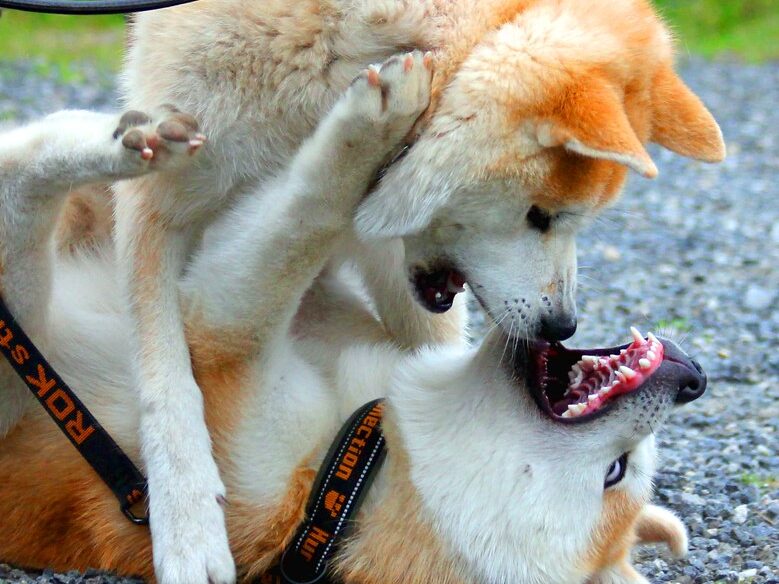
Every dog breed has something beautiful to offer. But beauty doesn’t mean easy. Some dogs are high-energy, high-maintenance, and emotionally intense. They need serious training, structure, and stamina—not just affection. Here are 15 dog breeds that are often too much for most people to handle, no matter how lovable they seem.
Border Collie
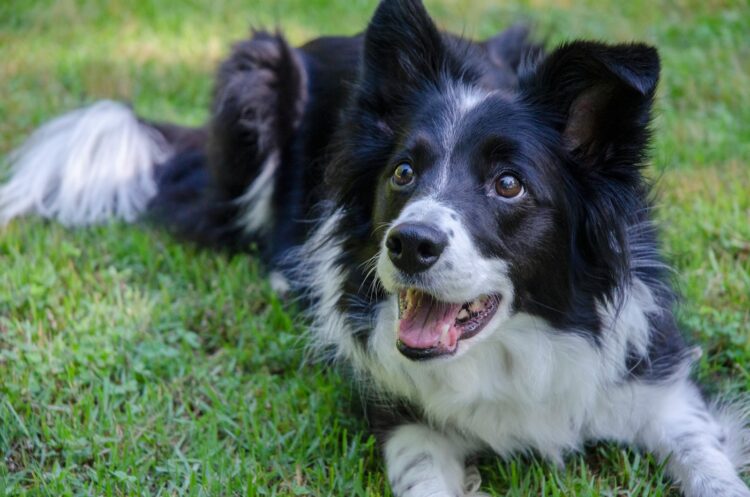
Border Collies are geniuses in fur. Their intelligence is unmatched, and they live to work. But that’s exactly the problem, because most households can’t offer the level of activity, problem-solving, and challenge this breed craves. A bored Border Collie doesn’t just nap—they chew, herd your kids, chase shadows, or spin in circles. If you don’t live on a farm, or at least have the time and creativity to keep them mentally and physically exhausted every day, this breed will likely overwhelm you.
Belgian Malinois
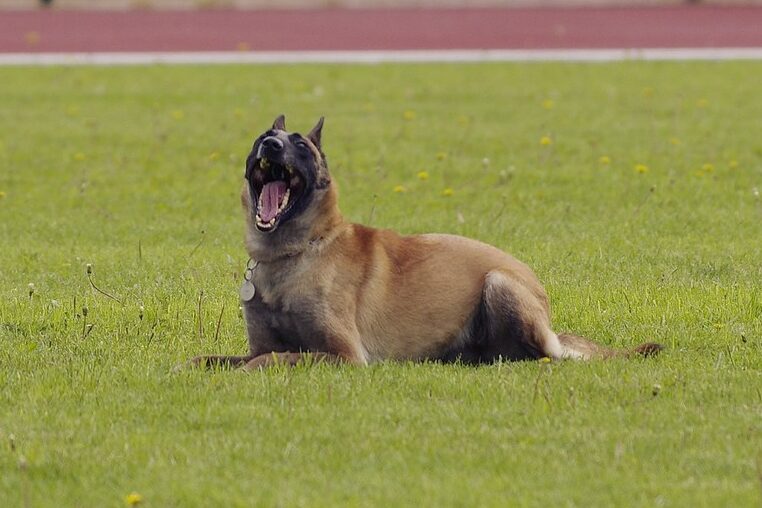
Frequently used in police and military work, the Belgian Malinois is one of the most driven, intense breeds on Earth. They aren’t just active—they are on high alert at all times. They need obedience training, advanced stimulation, and strong leadership from day one. Without that structure, they can develop behavioral issues quickly, including fear-based aggression or compulsive behaviors.
Siberian Husky
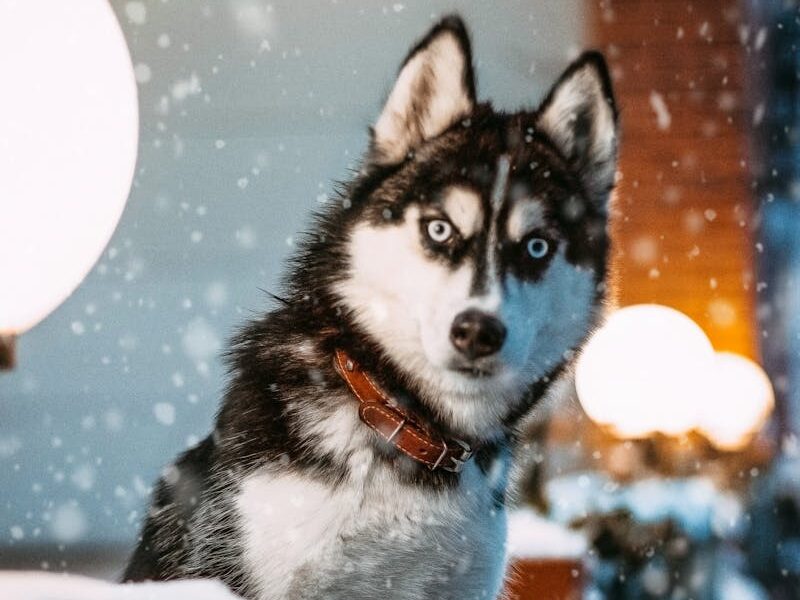
Huskies are stunning, friendly, and full of personality, but they’re also fiercely independent and born escape artists. Their prey drive is strong, their energy is endless, and their loyalty is often selective. They’re also notoriously vocal, with howling that can drive your neighbors crazy. Without daily high-intensity exercise and a secure environment, they’ll become destructive, disobedient, or flat-out run away.
Jack Russell Terrier
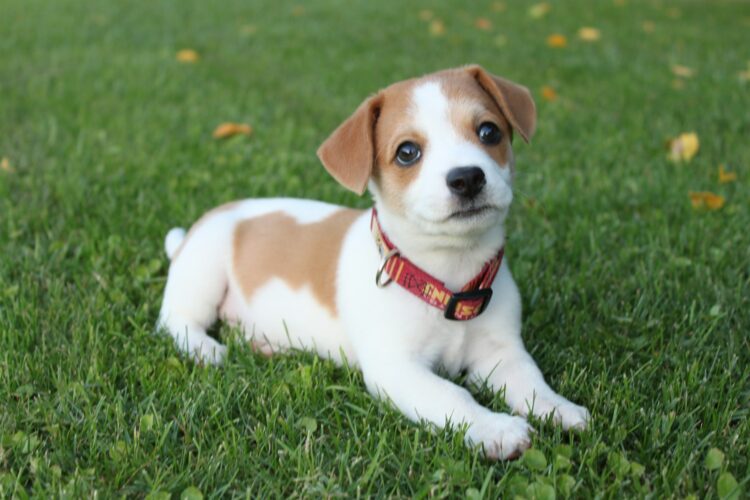
This small dog packs a massive punch. Jack Russells are hyper-focused, quick, and bold—almost to a fault. Bred to hunt and flush out foxes, they have energy that doesn’t burn out. They need constant engagement, a lot of space, and highly structured training to keep them balanced. Without an outlet, they become barky, possessive, and even aggressive. They’re also known for being escape artists, digging holes, and developing obsessive behaviors.
Akita
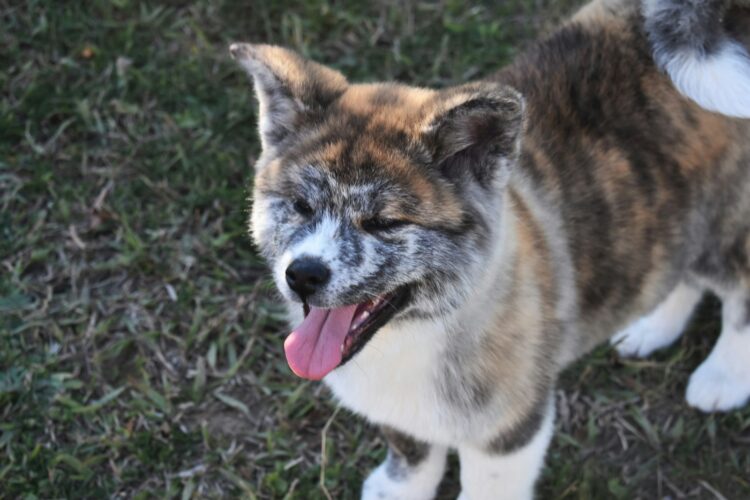
Akitas are calm, noble, and stunning, but they come with strong territorial instincts and a fiercely independent nature. They bond closely with their family but are wary of strangers and often aggressive with other animals. Their body language is subtle and easy to misread, which can be dangerous in homes with children or other pets. They require an owner who understands canine communication on a deep level. In the wrong hands, an Akita can become aloof, reactive, or unsafe.
Weimaraner

These sleek, athletic dogs are often called “velcro dogs” because they bond so tightly to their humans. But that devotion can quickly turn into separation anxiety. Weimaraners hate being alone and can become destructive, vocal, or anxious if left too long. They need intense daily exercise—running, hiking, not just a walk. They also require structure and leadership to feel secure.
Dalmatian
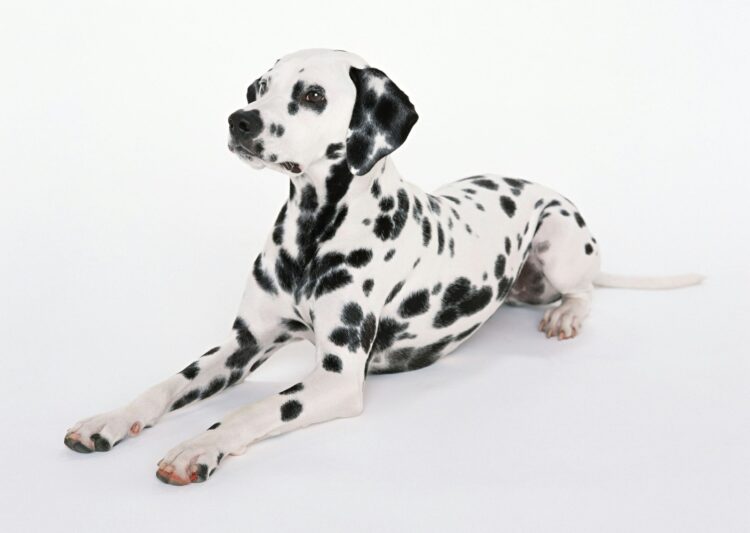
While their spots are iconic, Dalmatians are often misunderstood. They are high-energy, reactive, and require rigorous training to stay balanced. Many Dalmatians are also born deaf or partially deaf, which complicates training further. Without a clear routine and strong leadership, they can become nervous, jumpy, and aggressive. They don’t tolerate rough play or inconsistent rules, which can make them a poor fit for families with small children.
Chow Chow
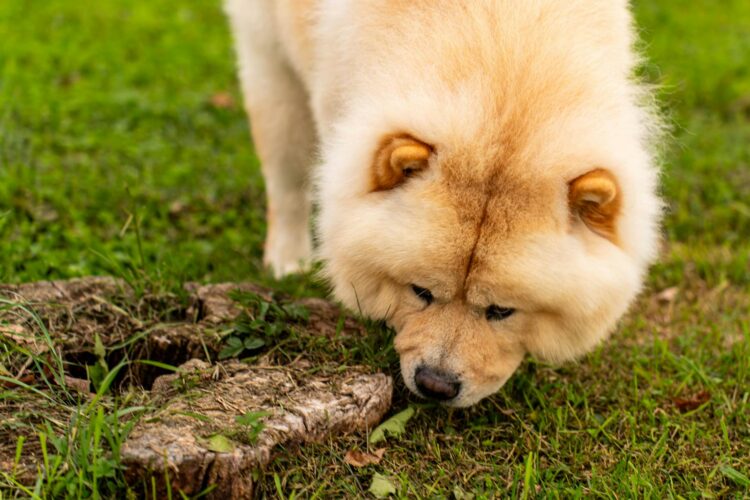
Chows may look like giant plush toys, but they’re aloof, proud, and often suspicious of strangers. They don’t crave affection and aren’t interested in play. Training them requires patience and deep respect. They don’t respond to force, and mishandling can lead to fear or aggression. Grooming is intense, as their thick coats mat easily and require constant brushing. They’re extremely clean dogs, but emotionally distant.
Australian Cattle Dog
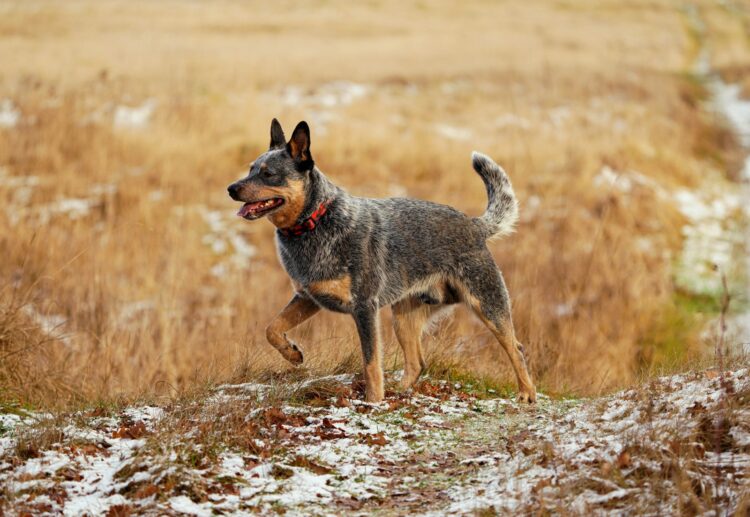
These herding dogs are strong-willed, intelligent, and bred for nonstop physical labor. They don’t just want to work—they need to. In homes without structure, they begin herding other pets, chasing cars, or nipping at kids. They get bored quickly, and a bored cattle dog is a destructive one. Their loyalty is intense, but so is their need for control. They need consistent rules and mentally challenging activities like agility or obedience work.
Cane Corso

The Cane Corso is powerful, stoic, and protective—everything you’d want in a guard dog. But with that strength comes a heavy responsibility. They require advanced training and socialization from the start. If you don’t earn their respect, they may take charge of the household. At 100+ pounds, any misstep in behavior can lead to real danger. They’re not just physically strong, but also emotionally intense. They’re tuned into your confidence, your energy, and your ability to lead.
Beagle

Beagles are friendly and adorable, but they come with a few challenges most people don’t see coming. As scent hounds, they live for smells. That means once they catch a scent, they’re gone—mentally or physically. They’re also one of the most vocal breeds, known for their howling, whining, and barking. Training a Beagle can be frustrating, as their stubborn streak makes them resistant to commands that interrupt their nose-driven missions.
Shiba Inu

Shibas are cute, clean, and independent, but they’re not easy. They don’t respond well to pressure, dislike rough handling, and will often ignore you if they don’t feel like listening. They’re escape artists, especially when bored, and have a stubborn streak that rivals any large breed. They also tend to be possessive over toys, food, or territory. If you expect a loyal, obedient pet who lives to please you, a Shiba will challenge your every assumption.
Doberman Pinscher
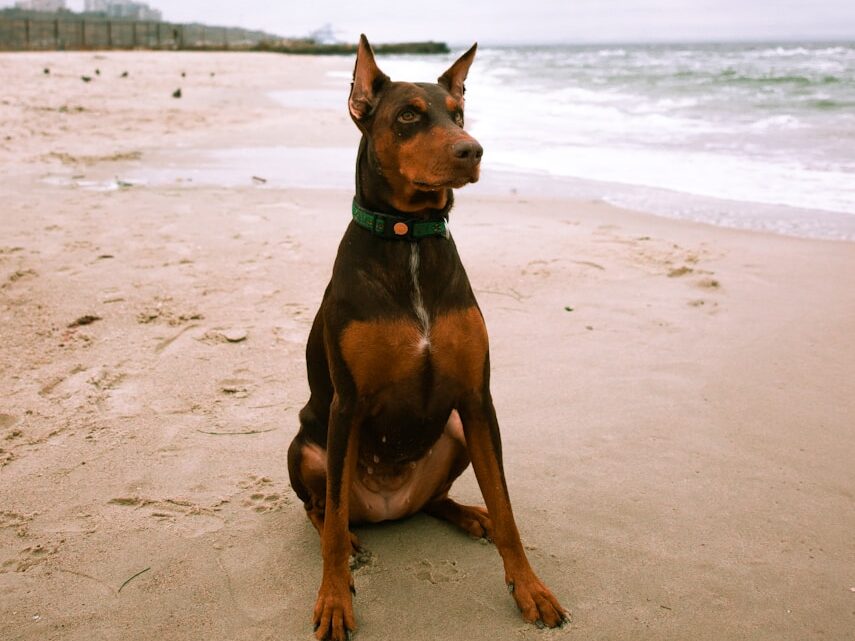
Dobermans are elegant, intelligent, and deeply bonded to their families. But that deep connection makes them sensitive to your moods, routines, and energy levels. They’re prone to separation anxiety and reactivity if their needs aren’t met. They need structure, physical exercise, and ongoing socialization—not just as puppies, but throughout their lives. Insecure or inconsistent handling can create behavioral issues fast.
German Shepherd
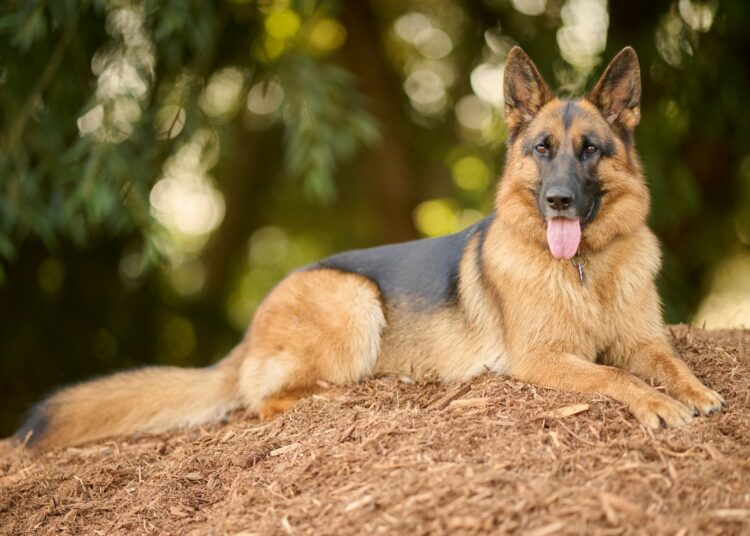
One of the most recognizable and admired breeds, German Shepherds are loyal, versatile, and incredibly smart. But with that brilliance comes a price. They require intense daily exercise, mental challenges, and clear rules. They’re also prone to hip issues, skin allergies, and anxiety. Without a job, they can develop obsessive habits or become reactive. Many first-time owners choose this breed expecting a noble companion, but underestimate how demanding they are.
Alaskan Malamute
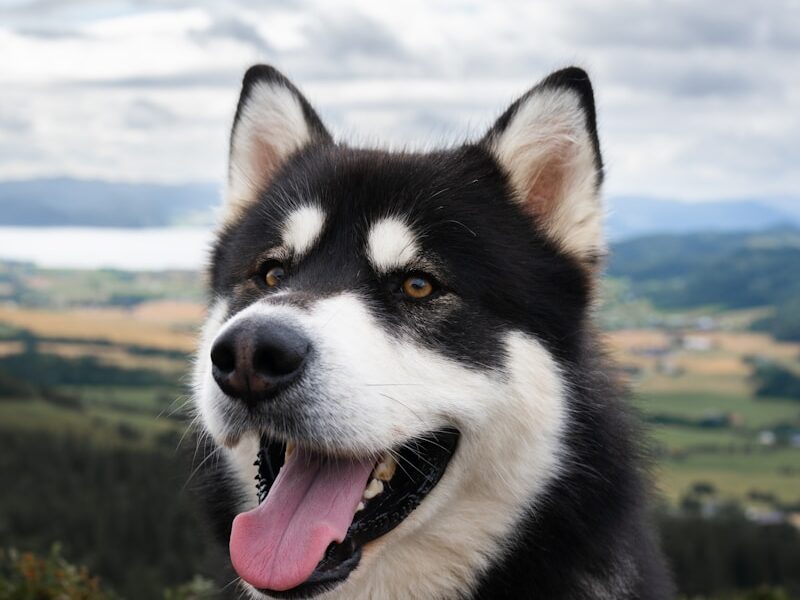
Massive, powerful, and built for arctic endurance, the Malamute is a breathtaking dog with primal instincts. They’re friendly but stubborn, playful but destructive when bored. Their prey drive is strong, and their strength can easily overpower the average person. Malamutes are independent thinkers, often ignoring commands and pushing boundaries. They also shed heavily and howl loudly, making them a tough match for apartment or suburban living.

